
A discussion about the Association for Professionals in Infection Control and Epidemiology with CEO Devin Jopp.

A discussion about the Association for Professionals in Infection Control and Epidemiology with CEO Devin Jopp.

Screening and isolation protocols were shown to reduce the risk of transmission.
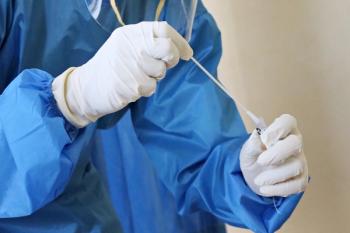
AFHs reported concerns such as staff coming to work sick and lack of PPE.
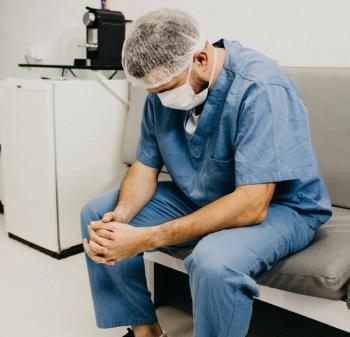
IPs experienced PPE shortages, high levels of stress and emotional exhaustion.
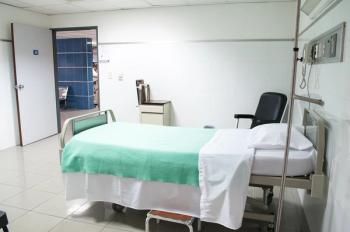
A study looked at the prevalence of Metallo-B-lactamase (MBLs) producing A. baumannii isolates in one hospital setting.

Staff trainings on prevention practices were found to be common by inconsistent.
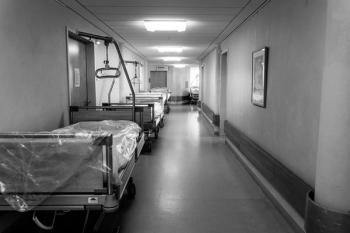
The organizations and their full-time employees both benefited from the PRN IPs.
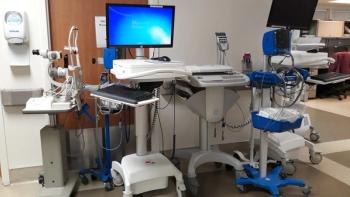
A significant decrease in the rate of VAP occurred during the study period.
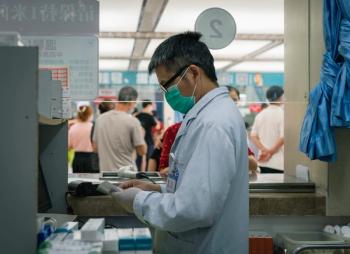
Post-intervention saw 55% of patients receive overall guideline-concordant antibiotics.
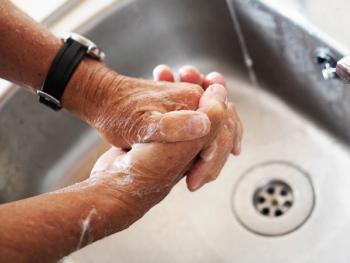
Sensors provided data for more hand washing opportunities for healthcare workers and affected related behaviors.
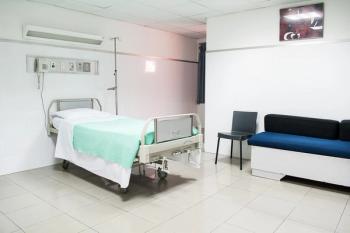
The CAD demonstrated excellent sustained antiviral activity against the test pathogen.
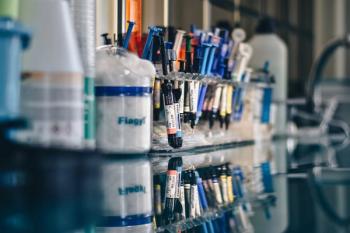
Average annual discharges were significantly higher in participating hospitals.

Communal gathering areas were found to be a major source of exposure.
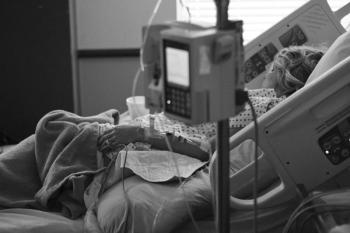
During the pandemic, one regional health system looked at the age distribution of the virus and hospitalization and mortality rates.

External female catheter could be 1 strategy to reduce the prevalence of CAUTIs.

Develop an exposure plan before a communicable disease event and save yourself time and money.

Research from APIC provides insight into how to strengthen this critical component to patient safety.
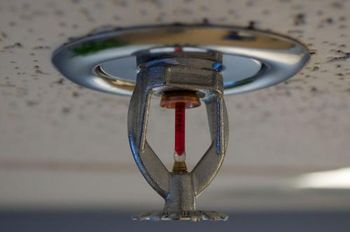
Health workers had to act quickly when 30,000 gallons of water spilled into the operating room of a level 1 trauma center in Texas.

Research documents inadequate sanitation at a skilled nursing facility and a long-term acute care facility where an individual with A baumannii infection was treated.

Investigators from the Washington State Department of Health set out to identify ways to leverage technology to increase public awareness of the importance of antimicrobial stewardship.
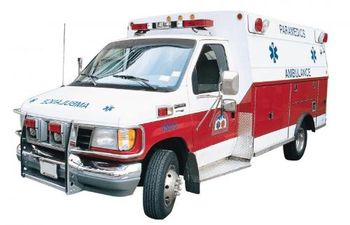
EMS practiced hand hygiene before patient contact in just 7% of assessments but wore gloves in 100% of observed interactions